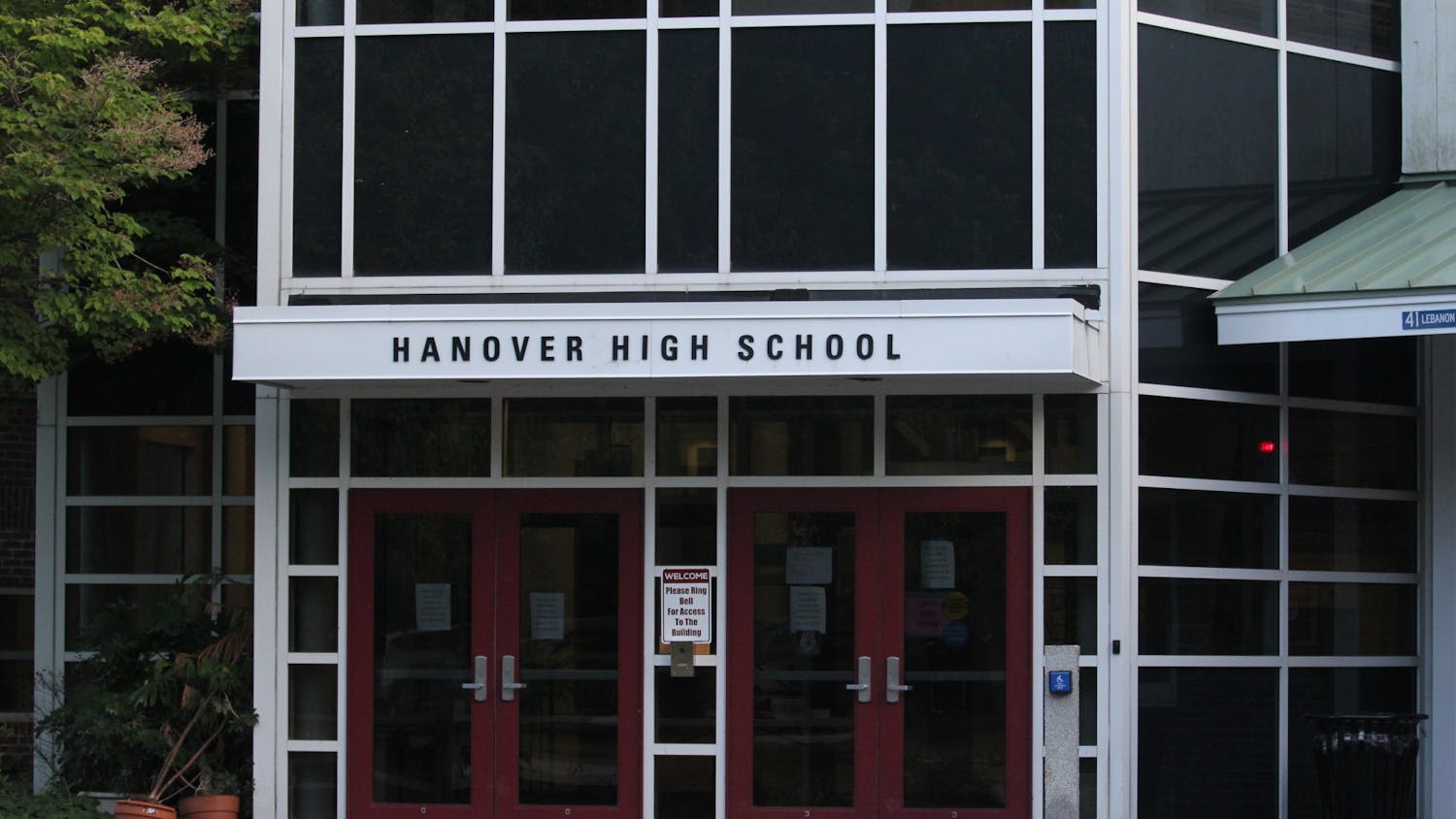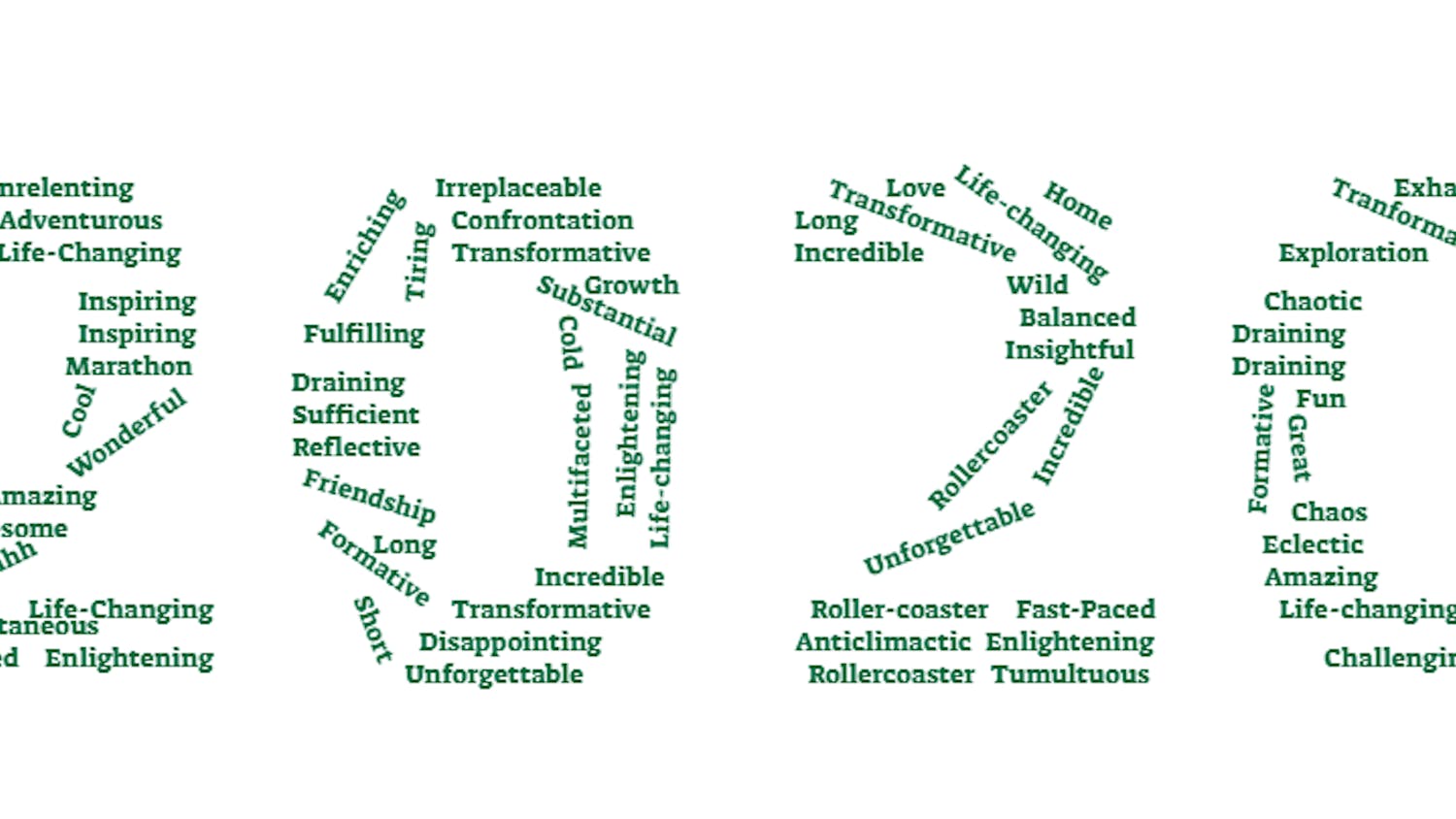We’re only a couple of weeks into the new year, but fortunately, we now have promises from states across the country that the general public will be eligible to receive the COVID-19 vaccine in the months ahead. So, it seems reasonable to assume that the latter half of the year will usher in a badly needed wave of normalcy. However, if there’s one thing that the pandemic has taught us, it’s that so many of the things we hold dear are incredibly fragile: the presence of our loved ones, our ability to progress academically and professionally and our ability to socialize freely.
As painful as it may sound, grief will eventually give way to acceptance of loss. But one group will struggle more than perhaps any other to move on: school-aged children. America’s public schoolchildren cannot afford to effectively skip a year of meaningful schooling without enduring repercussions. Needless to say, the incoming Biden administration has its work cut out for it — and it must prioritize minimizing the effects of the pandemic on childhood development.
Back in March, when the pandemic forced the mass closure of schools — public, independent and religious alike — more privileged children made a relatively seamless transition to remote learning while other students went weeks, if not months, without seeing a teacher’s face on a digital screen. And unfortunately, no solution has presented itself since then. Many of the nation’s largest school districts — which disproportionately serve students of color — have yet to fully reopen, even in an online environment. Meanwhile, suburban districts, and even private schools in the largest cities, have reopened for in-person instruction with proper safety protocols in place.
Moreover, underpaid faculty and staff from public schools everywhere have had difficulties managing to “catch up” the most vulnerable students over Zoom calls. But wealthier families haven’t had to watch their children suffer alone at the kitchen table: They have the option to hire private tutors and form “pods” to replicate the classroom experience, albeit at a cost of up to $70,000. Rest assured that there will be catastrophic consequences if nothing is done to address such educational inequities.
The word “catastrophe” may sound unnecessarily frightening, but consider this: The Fairfax County, Virginia public school system, which serves the children of one of America’s wealthiest counties, has seen 10% of its middle and high school students fail at least two classes since the start of the pandemic. In fact, every single student demographic group saw a 50% or more increase in the share of students failing two or more classes. If public school students are struggling in Fairfax County, one can imagine how far behind a low-income 5th grader who lacks Wi-Fi and permanent housing has fallen education-wise. Prominent educators are already warning of a widening college-readiness gap and the risk of a sharp rise in the dropout rate. Frightening indeed.
America’s public school framework has long embodied the socioeconomic and racial inequalities that fester outside of the schoolyard — school districts in white, suburban communities receive an estimated $23 billion more in funding each year than those that serve mostly students of color. And because federal dollars typically cover only a small fraction of any given school district’s expenses, schools are truly at the mercy of local officials who set tax rates, lure businesses into communities and bargain with teachers unions for funding. In short, the strength of any given school’s budget is directly linked with local economic conditions. So, even if schools in predominantly minority communities suffered financial setbacks in the past — as was the case during the Great Recession — schools in suburbia likely did as well. This time, however, you might as well say that poor schoolchildren are living in a different universe than their more affluent and private-school-attending counterparts.
Thankfully, with a new presidential administration about to take the reins in Washington, there is hope that the federal government will act decisively to level the playing field for our nation’s most vulnerable students. Frankly, it has no choice. As president, Joe Biden — along with his nominee for secretary of education, Miguel Cardona, a former public school teacher — should work with Congress to directly fund public schools in underserved communities with federal dollars. Then, and only then, will the millions of children who depend on public schools have the opportunity to catch up to their more privileged peers, whose education hasn’t been disrupted nearly as much by the pandemic. Even though the calendar may read “2021,” there are too many students still struggling to move past the educational mess of 2020. Make no mistake, it’ll take a lot of money to get public school students the technology, books, supplies and support staff they’ll need to ward off an academic catastrophe. A targeted, means-tested, approach will also be necessary, one that takes into consideration the financial circumstances of individual students and their families when allocating scarce resources in an expedited fashion.
In keeping with the tradition of starting each new year with a resolution, I propose that the Biden administration make a promise to the millions of teachers, parents and students who feel trapped in 2020. It’s a simple promise: that his administration will not look the other way while state and local governments struggle to fund schools that were already underfunded before the pandemic hit. Now that the Democratic Party — a party that has long supported the interests of public school students — will have unified control of government in Washington, a failure to act boldly would jeopardize the futures of millions of schoolchildren.



